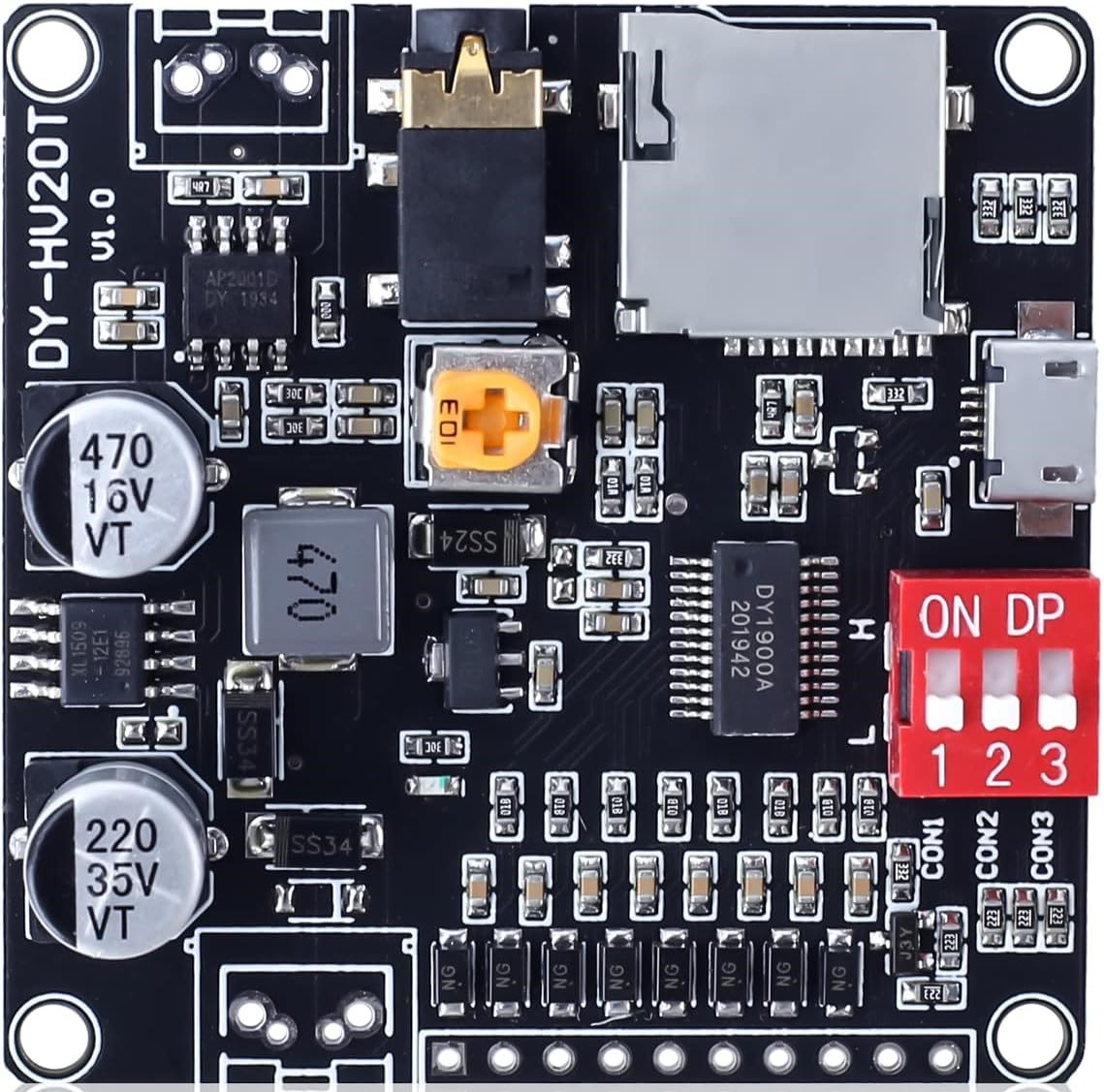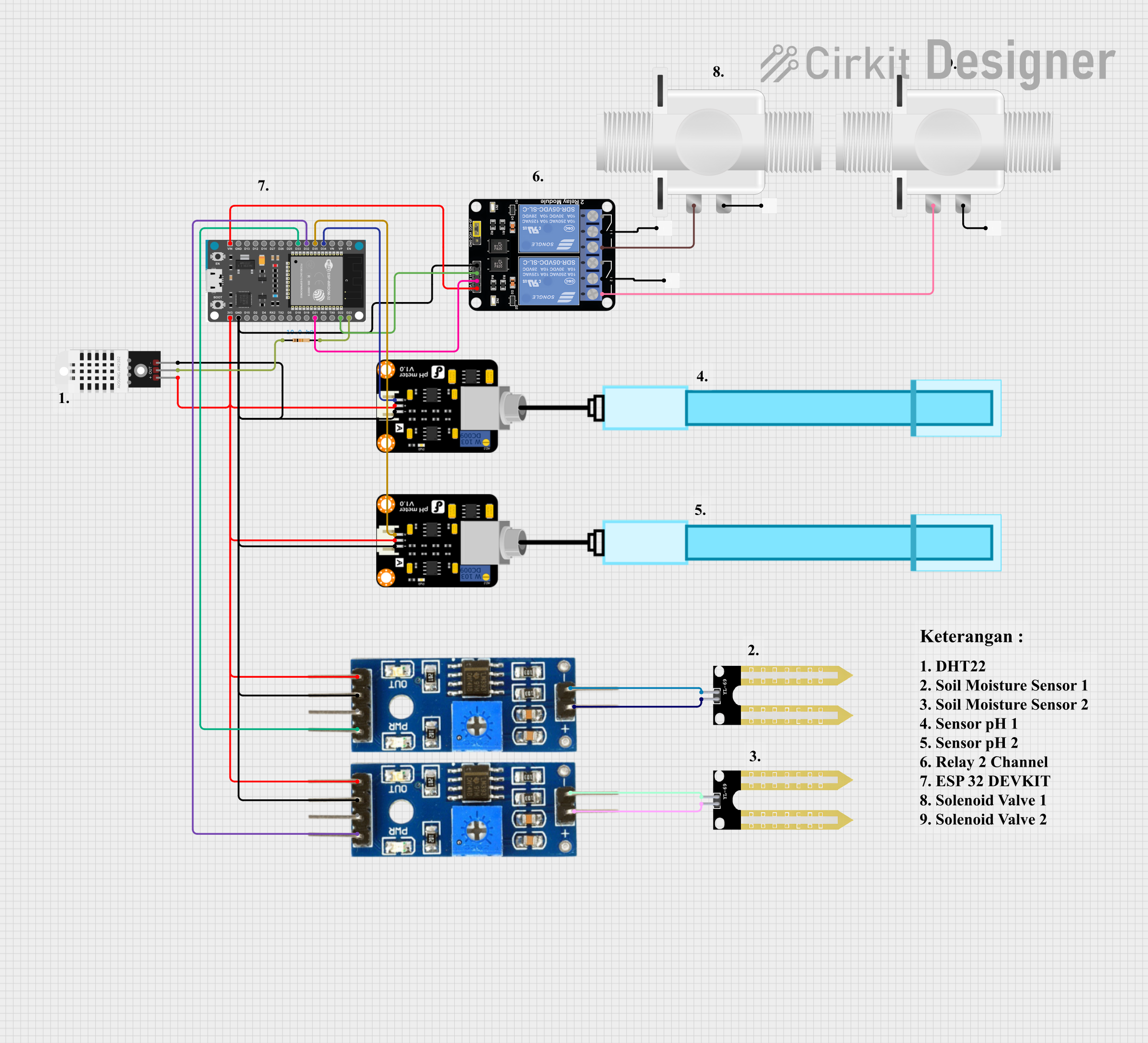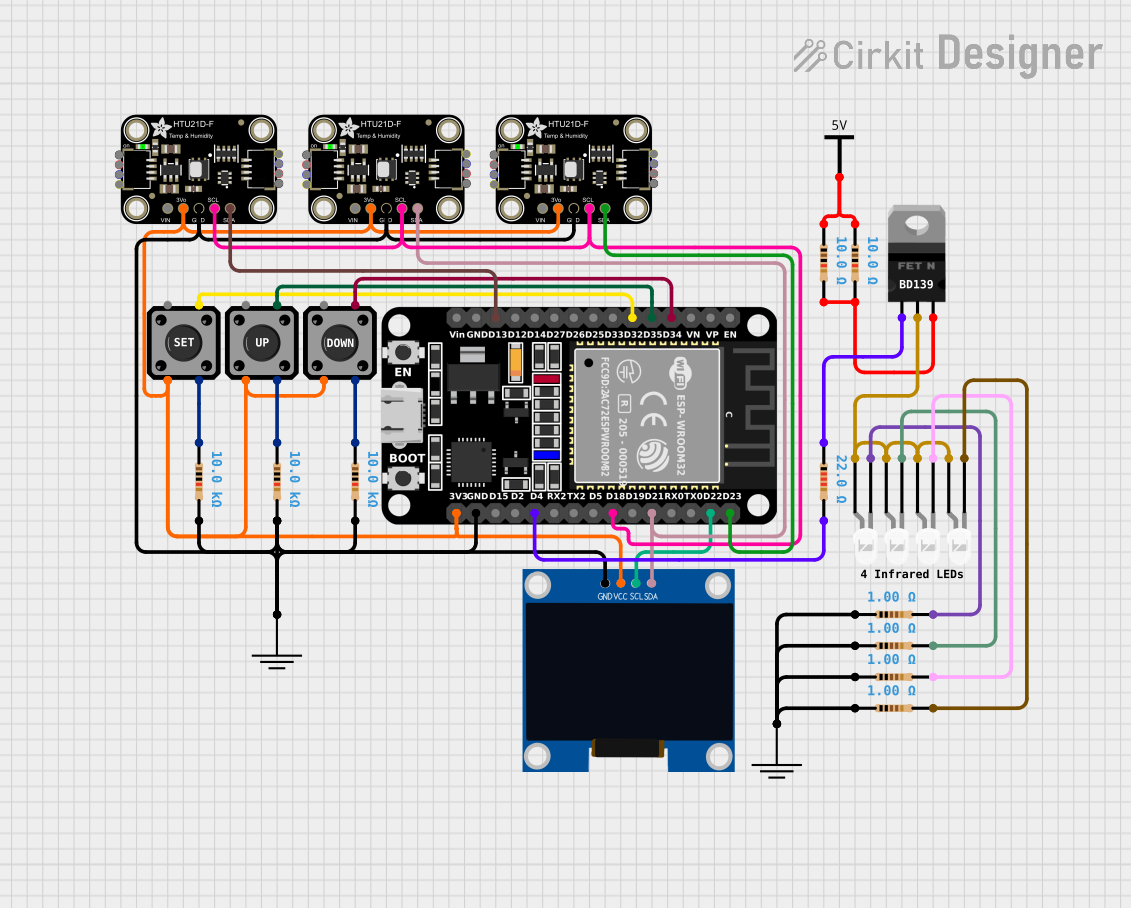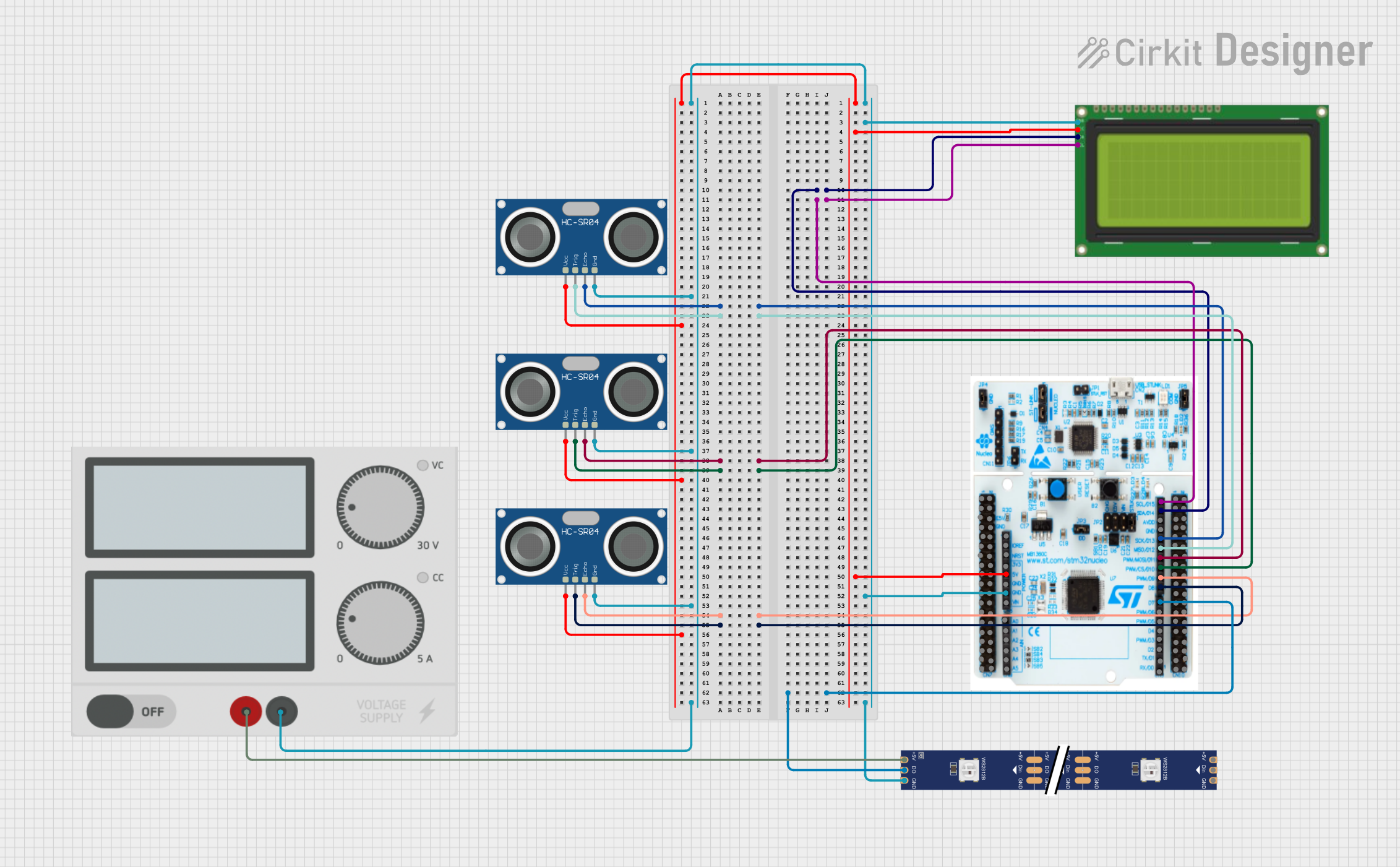
How to Use HY-HV20T: Examples, Pinouts, and Specs

 Design with HY-HV20T in Cirkit Designer
Design with HY-HV20T in Cirkit DesignerIntroduction
The HY-HV20T is a compact and efficient high-voltage transformer designed to step up low voltages to higher levels, which is essential in applications requiring high voltage for operation. This component is commonly used in devices such as Nixie tube drivers, Geiger counters, and other applications where a high voltage supply is necessary.
Explore Projects Built with HY-HV20T

 Open Project in Cirkit Designer
Open Project in Cirkit Designer
 Open Project in Cirkit Designer
Open Project in Cirkit Designer
 Open Project in Cirkit Designer
Open Project in Cirkit Designer
 Open Project in Cirkit Designer
Open Project in Cirkit DesignerExplore Projects Built with HY-HV20T

 Open Project in Cirkit Designer
Open Project in Cirkit Designer
 Open Project in Cirkit Designer
Open Project in Cirkit Designer
 Open Project in Cirkit Designer
Open Project in Cirkit Designer
 Open Project in Cirkit Designer
Open Project in Cirkit DesignerCommon Applications and Use Cases
- Nixie tube power supplies
- Geiger-Müller counters
- High-voltage experiments
- Plasma displays
- Ozone generators
Technical Specifications
Key Technical Details
- Input Voltage: Typically 3.3V to 12V DC
- Output Voltage: Up to 20kV (depending on input voltage and load)
- Input Current: Varies with input voltage and load
- Frequency: High-frequency output
- Efficiency: Depends on input voltage, output voltage, and load
Pin Configuration and Descriptions
| Pin Number | Description | Notes |
|---|---|---|
| 1 | Input Voltage (V_IN) | Connect to DC power supply |
| 2 | Ground (GND) | Connect to system ground |
| 3 | Output High Voltage | High-voltage positive output |
| 4 | Output Return | Return path for high voltage |
Usage Instructions
How to Use the Component in a Circuit
- Power Supply Connection: Connect the input voltage pin (V_IN) to a DC power supply, ensuring it is within the specified range for the transformer.
- Ground Connection: Connect the ground (GND) pin to the common ground of your circuit.
- Output Connection: The high-voltage output and return pins should be connected to the load, ensuring proper insulation and safety measures due to the high-voltage nature of the output.
Important Considerations and Best Practices
- Safety: High voltages are dangerous. Ensure proper insulation and safety protocols are followed when working with the HY-HV20T.
- Heat Dissipation: The transformer may generate heat during operation. Provide adequate cooling if necessary.
- Input Voltage: Do not exceed the recommended input voltage range to prevent damage to the transformer.
- Load: Ensure the load connected to the high-voltage output is within the transformer's capabilities.
Troubleshooting and FAQs
Common Issues Users Might Face
- Insufficient Output Voltage: Check if the input voltage is within the specified range and if the load is not too high.
- Overheating: Ensure proper heat dissipation and check if the input voltage is not too high.
- No Output: Verify connections and ensure the power supply is functioning correctly.
Solutions and Tips for Troubleshooting
- Check Connections: Ensure all connections are secure and correct.
- Measure Input Voltage: Use a multimeter to verify the input voltage is within the specified range.
- Inspect for Damage: Look for any visible signs of damage or overheating on the transformer.
FAQs
Q: Can I use the HY-HV20T to power a Nixie tube? A: Yes, the HY-HV20T is suitable for powering Nixie tubes, provided the output voltage and current meet the tube's requirements.
Q: What is the maximum input voltage for the HY-HV20T? A: The maximum input voltage is typically 12V DC, but refer to the manufacturer's datasheet for precise specifications.
Q: Is it safe to touch the output of the HY-HV20T? A: No, it is not safe. The output can be at a very high voltage and can cause serious injury or death. Always follow proper safety protocols.
Note: The manufacturer and part ID provided (DY-HV20T) do not match the component name (HY-HV20T). Ensure that you have the correct component and refer to the manufacturer's datasheet for accurate information. If the datasheet is not available, the information provided here is based on common specifications for similar high-voltage transformers and should be verified with the actual component in hand.